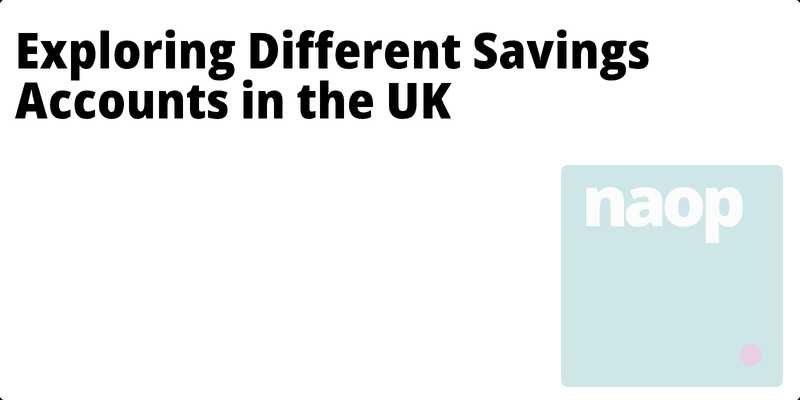Saving money is an important part of life, and choosing the right savings account can be a difficult decision. Having a savings account with a good rate of interest can mean additional income as your savings grow over time. In the UK, there are a range of different savings accounts offered by banks and building societies, with different levels of interest, access and facilities. In this article, we look at the different types of savings accounts available, and how to compare and choose the right savings option for your needs.
Types of Savings Accounts
The main types of savings accounts available in the UK are:
Instant Access
Instant Access accounts allow you to deposit and withdraw money quickly, making them ideal for saving for emergencies and short-term goals. You won’t usually earn a high rate of interest on this type of account, but you will have easy access to your money.
Notice Accounts
Notice accounts require you to give your bank or building society notice whenever you want to withdraw money, which can be anything from one month to several months. You usually get a higher rate of interest for this type of account compared to an Instant Access account, however you will have to plan withdrawals in advance.
Fixed Rate Bonds
Fixed Rate Bonds offer higher interest rates than standard savings accounts, but usually require you to lock your money away for a certain period of time, from one year to five years. This type of account means you can’t access your money until the bond reaches the end of its term, however you are guaranteed to earn a fixed rate of interest each year regardless of changes in the savings rate.
Tax Free Savings
Tax-free savings accounts, such as ISAs, offer tax-free savings and investment benefits. You can choose from a range of different accounts, such as cash ISAs, stocks and shares ISAs and junior ISAs, offering an element of choice and flexibility. You can invest up to £20,000 per year in a tax-free savings account, depending on your individual circumstances.
Comparing Different Accounts
When comparing different savings accounts, it’s important to consider the rate of interest you will be paid, the access to your money and any restrictions or terms and conditions that come with the account. Some banks and building societies offer introductory bonuses or higher rates of interest if you are a first-time saver or have regular monthly deposits.
You should also consider the fund or deposit protection available. The Financial Services Compensation Scheme (FSCS) provides protection of up to £85,000 per person per financial our institution, so check this when comparing different savings accounts.
Researching the reviews of banks and building societies can also be helpful, as this will give you an idea of the customer service you can expect.
Choosing the Right Savings Account
Choosing the right savings account for you can depend on the length of time you want to save for, how much access you need and what rate of interest you want to receive. If you’re planning to save for a few years or without access then a Fixed Rate Bond or Tax Free Savings Account might be better for you. For short-term goals or easy access, an Instant Access Account or Notice Account could be more suitable.
Just remember, the higher the rate of interest, the less access you will usually have. It’s always important to compare accounts, read the terms and conditions and check the FSCS savings protection limit before opening an account.

